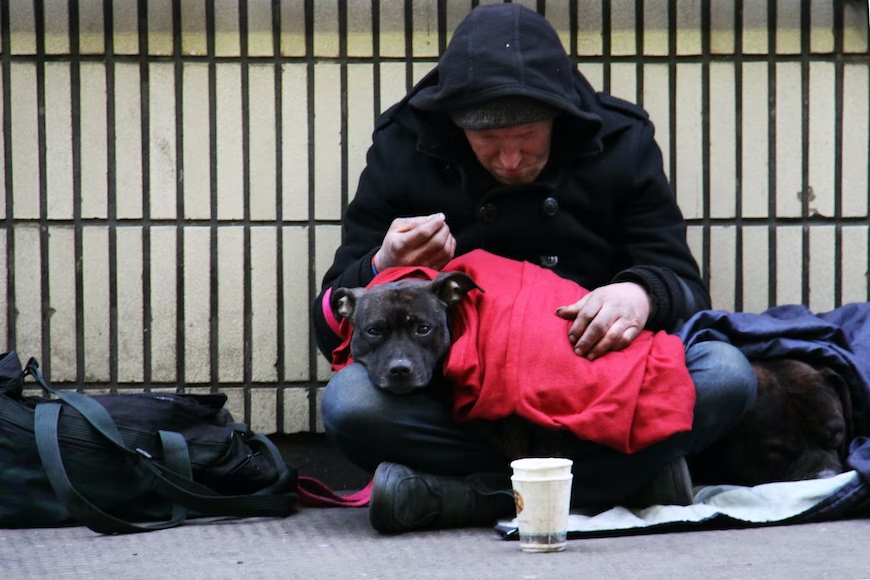The homelessness crisis is an ever-growing problem in the United States. Recently, homeless shelters across the country have reported an overflowing number of homeless people seeking help. This surge has resulted in doubling and tripling waitlists, causing a considerable problem in the American housing system. While the American homelessness problem started to improve between 2006 and 2017, the numbers have increased steadily every year since then.
The homelessness crisis worsened during the COVID-19 pandemic as lockdowns caused the unemployment rate to 15%, resulting in people not affording rent. It has become essential to combat homelessness on a federal and local level.
The Leading Cause of Homelessness in the U.S.
The leading causes of homelessness in the United States are insufficient income and the lack of affordable housing. Government-mandated housing policies such as local zoning, single-family zoning, land use restrictions, and minimum lot size restrictions have worsened the problem.
In this situation, the COVID-19 pandemic was vital in fueling the fire. The poverty rate in the United States was steadily declining, but this trend changed once companies laid off employees during the pandemic. The pandemic pushed more than 37 million people below the poverty line.
There was a significant trend in sheltered and unsheltered homelessness during the pandemic. The downward trend in hidden homelessness made its way into 2021, whereas a steady increase was observed in unsheltered homelessness. After tackling this problem for many years, the COVID-19 pandemic pushed the statistics back to 2007. This setback wasted decades worth of work and effort.
How Bad Is the Homelessness Problem in America?
Statistics from January 2020 indicate that there were more than 580,000 homeless people in and without shelters across the United States. The temporary shelter system in the United States can house around 356,000 homeless people on a given night. That accounts for 61% of the homeless population in the United States. However, the system is biased toward specific populations and demographics. Children, youngsters, and families with children are a priority for homeless shelters. The system handles veterans separately from the entire homeless population.
While more than half of the homeless people in the United States have the facility of homeless shelters, the rates aren’t uniform for all demographics. Statistics also show that around 90% of families with children are sheltered. On the other hand, 50% of unaccompanied youth don’t have access to homeless shelters.
Development of Encampments
The limited resources available for homeless people in the United States leave many people to sleep and live in places not designated for this purpose. Many people sleep in parks, vehicles, subway stations, and sidewalks. Unsheltered locations where several homeless people take refuge result in the formation of homeless encampments. Many states have Homeless Encampment Removal policies because these sites are a health and safety hazard to the local communities.
Endnote
The United States government reduced homelessness in the country between 2007 and 2017. This trend shifted in 2017 when homelessness increased in America. This positive trend, combined with the economic fallout from the COVID-19 pandemic, worsened the situation.
The temporary shelters in the states provide temporary housing to around 61% of the homeless population. However, more shelters are needed to cater to everyone. As the number of homeless people increases, there is a steady increase in the number of unsheltered homeless people and a decrease in the number of sheltered homeless people. There is a dire need for more homeless shelters. The situation demands immediate attention from the relevant authorities.

